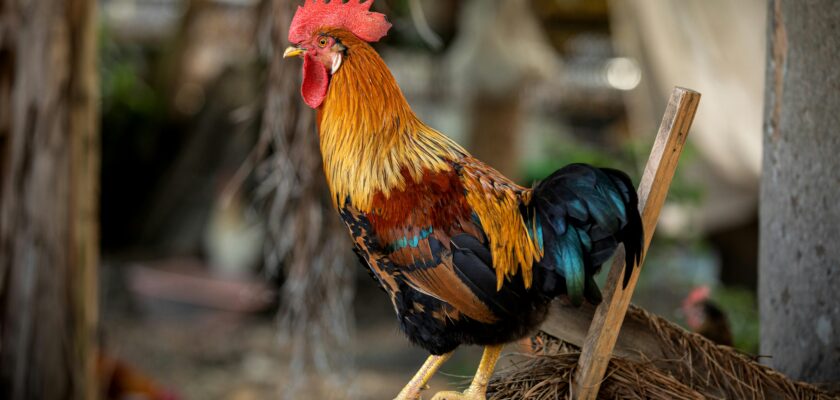Introduction: What Exactly Is a Chicken?
Let’s start with the basics. A chicken is a domesticated bird from the species Gallus gallus domesticus. Chickens are omnivores, social creatures, and one of the most widespread domesticated animals in the world. They are primarily raised for their meat and eggs, but they also play roles in pest control and agriculture.
Chickens come in many breeds, colors, and sizes, but all are generally divided into two main categories: hens and roosters.
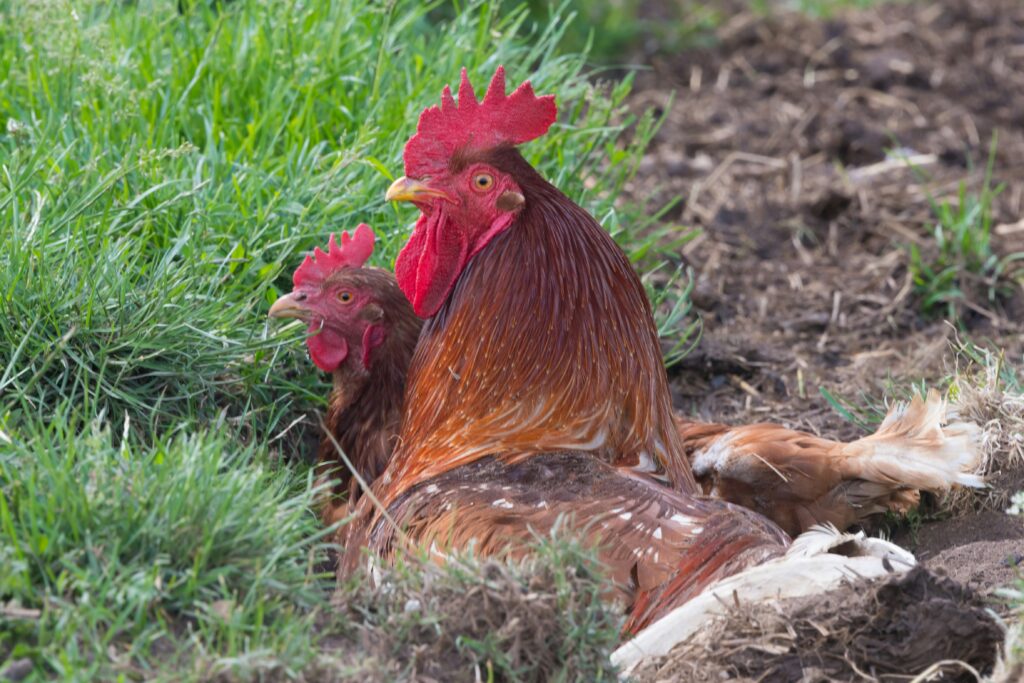
Photo by Transly Translation Agency on Unsplash
The Biological Difference Between Hens and Roosters
In biological terms, roosters are male chickens, while hens are female chickens. Here’s a quick breakdown:
| Trait | Rooster (Male) | Hen (Female) |
| Reproductive Role | Fertilizes eggs | Lays eggs |
| Behavior | More territorial | More nurturing |
| Appearance | Larger comb, tail feathers | Smaller and rounder body |
| Crowing | Yes | No (rare exceptions) |
So yes, when you ask “Is a rooster a male chicken?” — the answer is absolutely, yes.
Is a Rooster a Male Chicken? The Definitive Answer
Yes, a rooster is simply the adult male version of a chicken. Just like humans have males and females, chickens do too. The term “rooster” refers specifically to the mature male, while “cockerel” is used for younger males.
This naming helps differentiate the roles and behaviors of chickens, especially when managing flocks.
Historical Terminology: Where the Word “Rooster” Came From
The word rooster is mainly used in the United States and Canada. In the UK and other countries, the term cockerel or cock is more common. The term “rooster” originated from the bird’s behavior—roosting on perches—and gained popularity in the 18th century to avoid the double entendre of the word “cock.”
Rooster vs. Hen: Key Physical Differences
Roosters and hens look noticeably different as they grow:
- Comb and wattles: Roosters have larger, more colorful combs and wattles.
- Tail feathers: Roosters sport long, curved tail feathers, while hens have shorter, rounded tails.
- Size: Roosters are typically larger and more muscular.
- Leg spurs: Roosters grow sharp spurs on their legs for defense.
- Feather coloration: Roosters often have vibrant and glossy plumage.
These differences become visible by the 4th to 6th week in chicks.
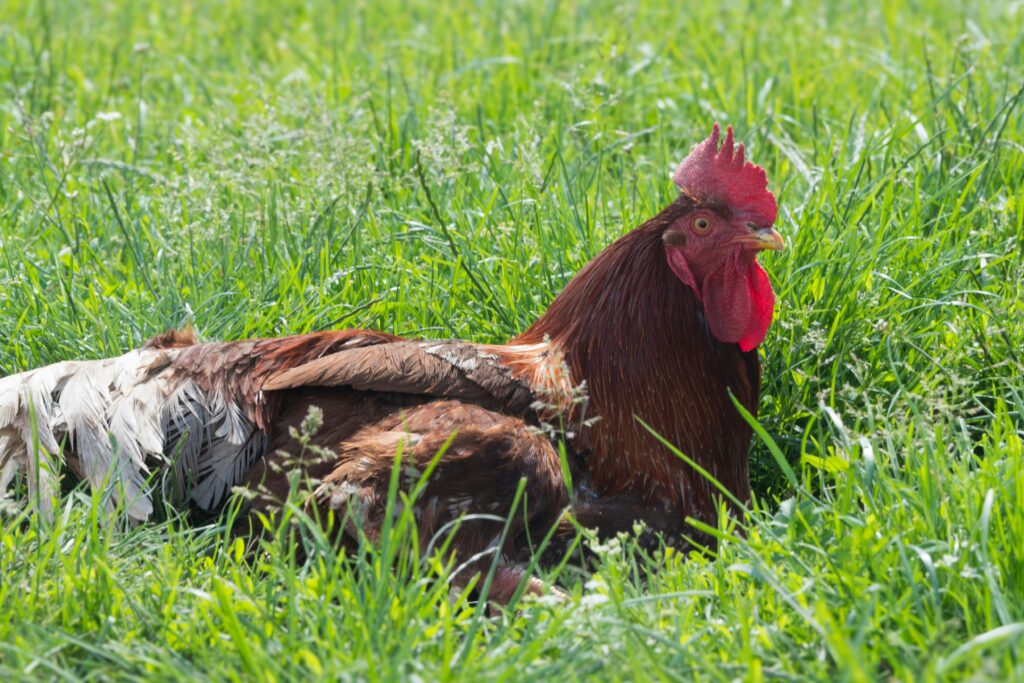
Photo by Transly Translation Agency on Unsplash
What Makes a Rooster Unique?
Crowing and Communication
Roosters are known for their early morning crow, but that’s not all they do. They use vocalizations to:
- Warn the flock of danger
- Assert dominance
- Call hens to food
- Defend their territory
Dominance and Pecking Order
Roosters establish dominance within the flock. The top rooster often gets first access to food, mates, and prime sleeping spots. This dominance hierarchy helps maintain order in the flock.
The Role of a Rooster in a Flock
Roosters play several important roles:
- Protecting hens from predators
- Guiding the flock to food and shelter
- Mating with hens to fertilize eggs
- Breaking up fights among hens
While not essential for egg-laying, roosters enhance the social structure of a flock.
Do You Need a Rooster for Egg Production?
No, hens lay eggs without roosters. However, if you want fertilized eggs for hatching, then a rooster is necessary. Fertilized eggs taste and look the same as unfertilized ones.
| With Rooster | Without Rooster |
| Fertilized eggs | Unfertilized eggs |
| Potential for chicks | No chick development |
| Same egg-laying rate | Same egg-laying rate |
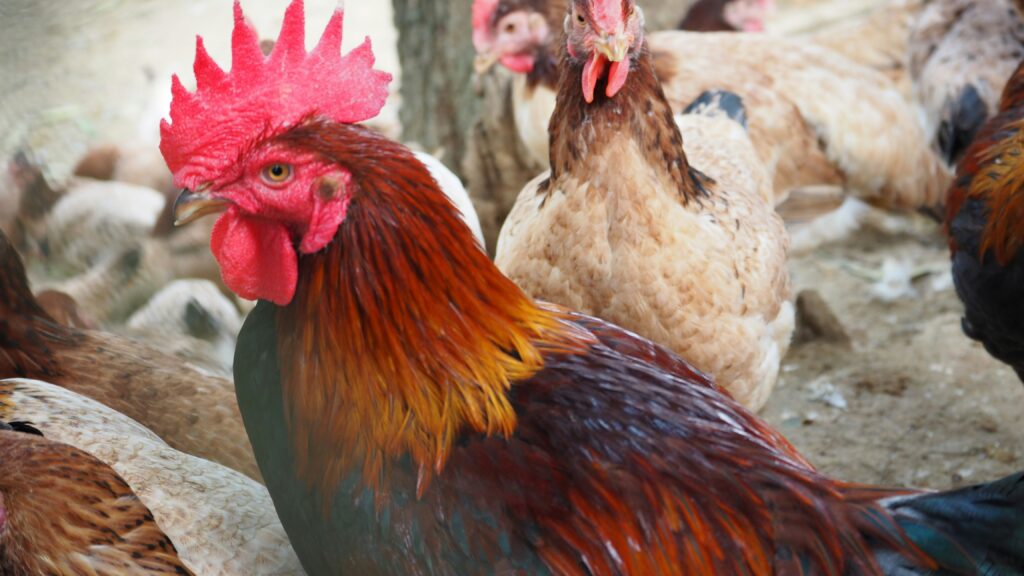
Photo by Dogtama Ng on Unsplash
Roosters in Backyard Farming: Pros and Cons
Pros:
- Protect the flock
- Help with breeding
- Maintain social order
Cons:
- Can be noisy (especially early mornings)
- Sometimes aggressive
- Not allowed in many urban areas
It’s important to check local ordinances before keeping roosters.
How to Tell a Rooster from a Hen (Chick Edition)
In baby chicks, it’s trickier to identify sex. However, these signs help:
- Behavior: Males are often more curious or assertive.
- Feather growth: Hens usually develop feathers sooner.
- Comb size: Rooster chicks tend to have larger, redder combs earlier.
Still, many backyard farmers use vent sexing or DNA testing for accuracy.
Breeds Where Roosters Look Like Hens
Some breeds are notoriously hard to sex early:
- Easter Eggers
- Silkies
- Cochins
In these breeds, it may take months to tell whether you’ve got a hen or a rooster.
Are Roosters Aggressive? Behavior Explained
Not all roosters are aggressive, but territorial behavior is normal, especially during mating season. Common signs of aggression:
- Fluffing feathers
- Wing-dropping
- Charging humans or other animals
To reduce aggression:
- Avoid rough handling
- Maintain flock balance
- Use calm body language
The Lifecycle of a Rooster
From hatchling to adult, the rooster’s life stages include:
- Chick (0-8 weeks)
- Cockerel (2-6 months)
- Rooster (6+ months)
- Senior Rooster (3-5+ years)
Most roosters live 5–8 years, but some live up to 10 with good care.
Interesting Facts About Roosters You Probably Didn’t Know
- Roosters don’t just crow in the morning—they crow all day!
- They can recognize over 100 individual faces (human and bird).
- Some breeds are used in cultural festivals or cockfighting (illegal in many places).
- Roosters can co-parent chicks, although rare.
FAQs
1. Is a rooster a male chicken?
Yes, a rooster is the adult male form of a chicken.
2. Do roosters lay eggs?
No, only hens lay eggs.
3. Can a hen become a rooster?
Hens cannot become roosters, but hormonal imbalances can cause some hens to crow or develop male features.
4. Why do roosters crow?
Roosters crow to communicate, assert dominance, and protect their territory.
5. Can roosters live alone?
Yes, but they thrive better in a flock environment.
6. Are all roosters aggressive?
No, temperament varies by breed and handling.
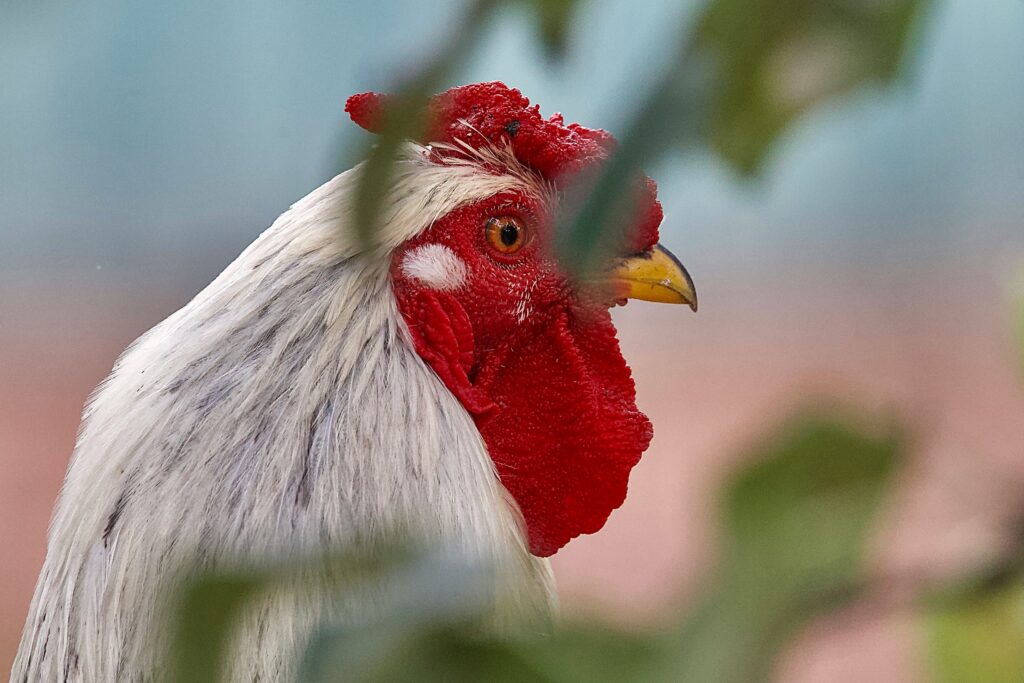
Photo by Andrey Tikhonovskiy on Unsplash
Conclusion
So, is a rooster a male chicken? Yes — plain and simple. But roosters are more than just male chickens. They’re protectors, leaders, communicators, and sometimes troublemakers in the coop. Whether you’re a backyard farmer or just curious, understanding roosters helps you better appreciate the complex social structure of chickens.
